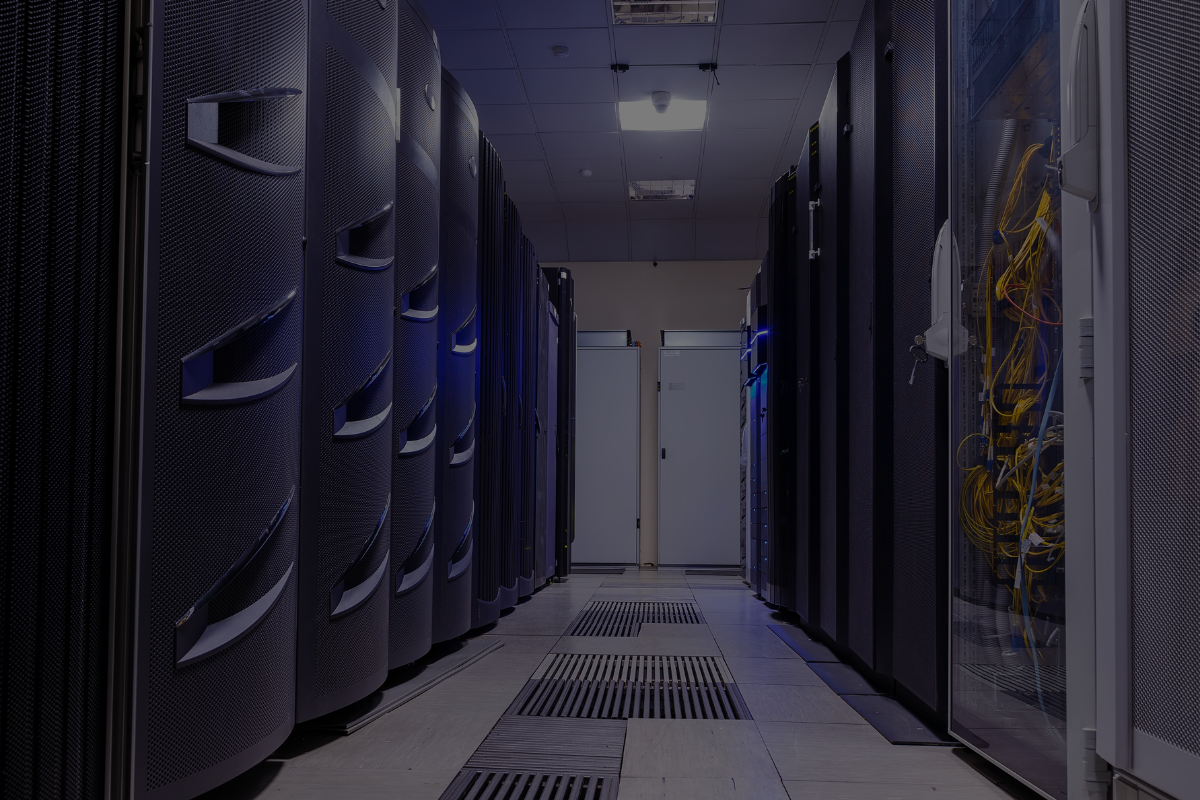Common challenges for big data analysis tools when using IoT

As organisations generate more and more data, it becomes important to be more aware of the shortcomings of using big data analysis tools for IoT data. We are seeing a trend in the industry where organisations are dealing with larger bodies of data, but need to generate insights at a faster rate than before. Yet, managing big data from IoT is not easy, and this blog will explore some of the reasons why that is.
Why is it difficult to work with IoT devices?
Data visualisation is challenging
Developing a cohesive process for collecting and analysing data is one of the biggest challenges for big data analysis tools. This is because data visualisation is difficult to do though it is a huge part of the data analysis process. Put simply, data visualisation is the process of taking raw, complex data and converting it into an easily readable format, like graphs.
The objective of data visualisation is to make complex data sources easier to understand. However, it is difficult to replicate the process with data generated from IoT devices. This is because data generated from different sources, like IoT devices, are heterogeneous in nature. The data often presents itself in structured, semi-structured and unstructured formats, making it difficult to execute proper data visualisation using big data analysis tools.
IoT data tests storage capacity
Iot devices are constantly streaming data in real-time.
This places a strain on data storage capacity and management processes. Since IoT devices, like sensors, are constantly streaming data, questions arise on the best method for storing and managing it.
While the obvious solution would be to move past physical servers and into cloud-based infrastructure, there is still the challenge of managing the data so that organisations can generate useful insights in quick time. Usually, such measures would involve using edge analytics to start the data analysis process as soon as possible.
Data integrity and quality remain a problem
While there is no denying that IoT sensors can sense and communicate a ton of data when applied to different applications, there is a question mark over its integrity. How can we ensure that data is not being leaked? How can we guarantee that privacy concerns are addressed? Is there any guarantee that data collected meets the organisation’s objectives?
This is a challenge when it comes to using big data analysis tools on IoT data. While the tools can break down and analyse data, making sure that the findings are ethically obtained can be challenging.
Data analytics tools must be constantly working
IoT devices can work without stopping. While the ability to constantly generate data is a huge advantage, there are some concerns to be had. For example, how can we ensure that big data analysis tools have the necessary power to run round the clock? This is a problem organisations have to consider when implementing their analytics framework.
IoT device security is a cause for concern
Device security is a huge concern for most organisations relying on IoT sensors to get work done. This is especially the case for organisations using edge analytics as part of the data collection and analysis process. Some of the challenges include, but are not limited to, networking, data storage, and computing power. To work around this problem, cybersecurity becomes a major factor.
Data derived from IoT devices have confidentiality issues
Every IoT device generates an enormous amount of data, which may or may not lead to confidentiality concerns. It is important to ensure that data is collected and stored in a way that meets these requirements.
Addressing common challenges when using big data analysis tools
While there is no denying that IoT devices are a huge asset for organisations, there are some downsides to using them. To work around some of the shortcomings, it is important to work with an experienced data analyst or a team of skilled analysts.
The right team can help organisations optimise their big data analysis tools to ensure you are getting the most out of your IoT devices. The right data analytics team can help organisations optimise their data analytics infrastructure around the use of IoT devices to maximise the quality of findings while minmising the downsides.
Visit the Selerity website to learn more about optimising big data analysis tools.
